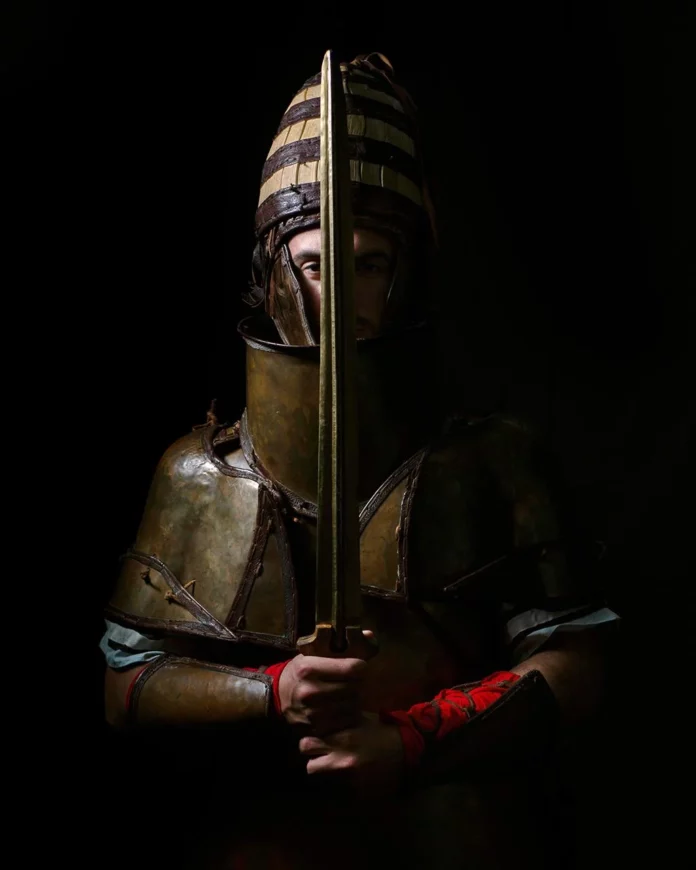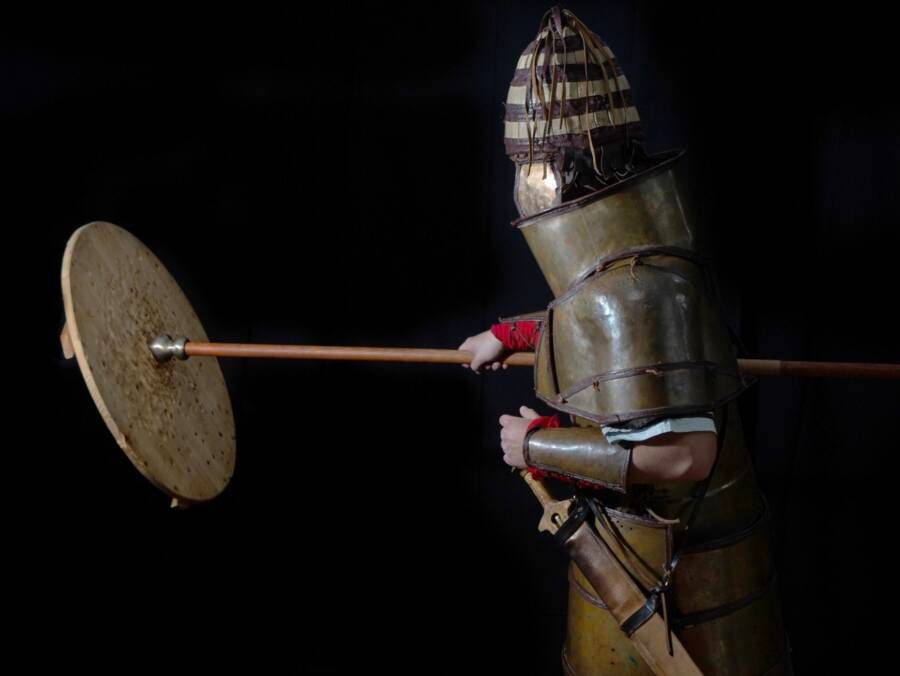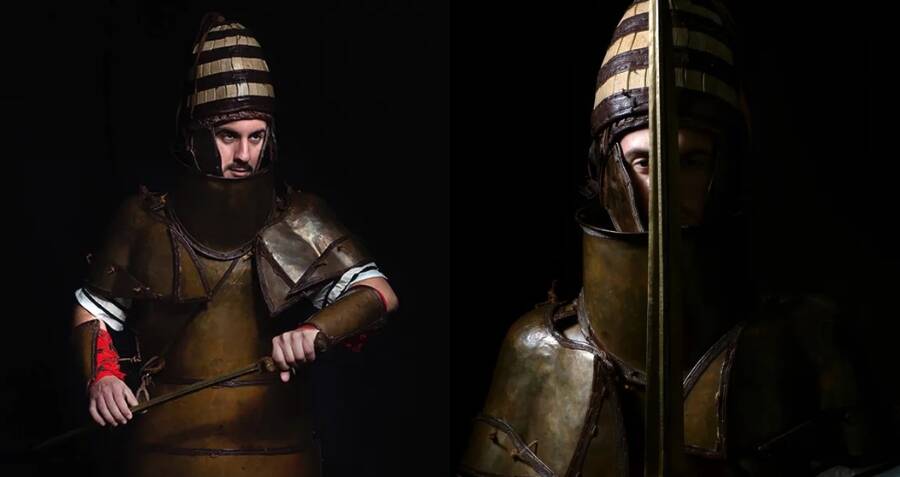The Mycenaeans, celebrated for their remarkable architectural skills and their legendary appearances in ancient epics, have intrigued scholars with their technological innovations. One notable artifact, the Dendra armor, unearthed near the village of Dendra in 1960, has fueled discussions about its role—whether it was intended for actual combat or ceremonial use. Recent investigations conducted by the University of Thessaly and the University of Birmingham have explored this ancient mystery, utilizing contemporary methods to evaluate the armor’s effectiveness in battle.
Unearthing Ancient Insights
For many years, academics have engaged in a heated debate regarding the practical function of the Mycenaean Dendra armor—was it purely ceremonial, or was it used in real combat situations? To address this scholarly contention, Professor Andreas Flouris and his team initiated an extensive study. Taking cues from Homer’s epic narrative, “The Iliad,” which vividly depicts Bronze Age warfare, the researchers designed combat scenarios to emulate conditions from that era. This method not only respected the historical context of the armor but also facilitated thorough testing to gauge its battlefield functionality.

The Experiment: Recreating History
Thirteen volunteers from the Hellenic Armed Forces’ marines participated in an intensive 11-hour combat simulation, donning precisely crafted replicas of the Dendra armor. This ancient defensive gear, constructed from hammered bronze plates, closely resembled its original design dating back to the 15th century BCE. The simulation encompassed a variety of combat scenarios, including one-on-one duels and foot versus chariot confrontations, all conducted under environmental conditions reminiscent of ancient Troy.
Insights and Findings

During the simulation, researchers tracked physiological metrics such as heart rates, body temperatures, and energy expenditures. Despite the armor weighing around 51 pounds (23 kilograms), the volunteers displayed remarkable resilience and adaptability, indicating that the Dendra armor did not hinder their effectiveness in combat. Published in PLOS ONE, the study concluded that Mycenaean warriors likely reaped substantial benefits from wearing such heavy armor, gaining tactical advantages over foes equipped with lighter gear.
Implications for Ancient Warfare

Co-author Ken Wardle pointed out that the combat simulation reflected Homeric accounts of intense, interval-based battles in which warriors could tactically withdraw to recover and regroup. This research not only confirmed the practicality of Mycenaean armor but also introduced a mathematical model for further examination of ancient combat technologies.
Conclusion
The findings highlight the Mycenaeans’ advanced understanding of warfare and technological progress. By merging ancient texts with modern scientific techniques, scholars have shed light on the practical aspects of Mycenaean armor, providing valuable insights into its influence on ancient military strategies. As advancements in archaeological and computational methods continue, this study lays the groundwork for deeper inquiries into the evolution of ancient warfare.
These findings not only enrich our comprehension of Mycenaean military capabilities but also underscore the lasting significance of ancient technologies in shaping historical narratives. As ongoing research investigates similar artifacts at ancient sites, the legacy of Mycenaean armor continues to inspire fresh perspectives on the ingenuity and resilience of ancient civilizations.

